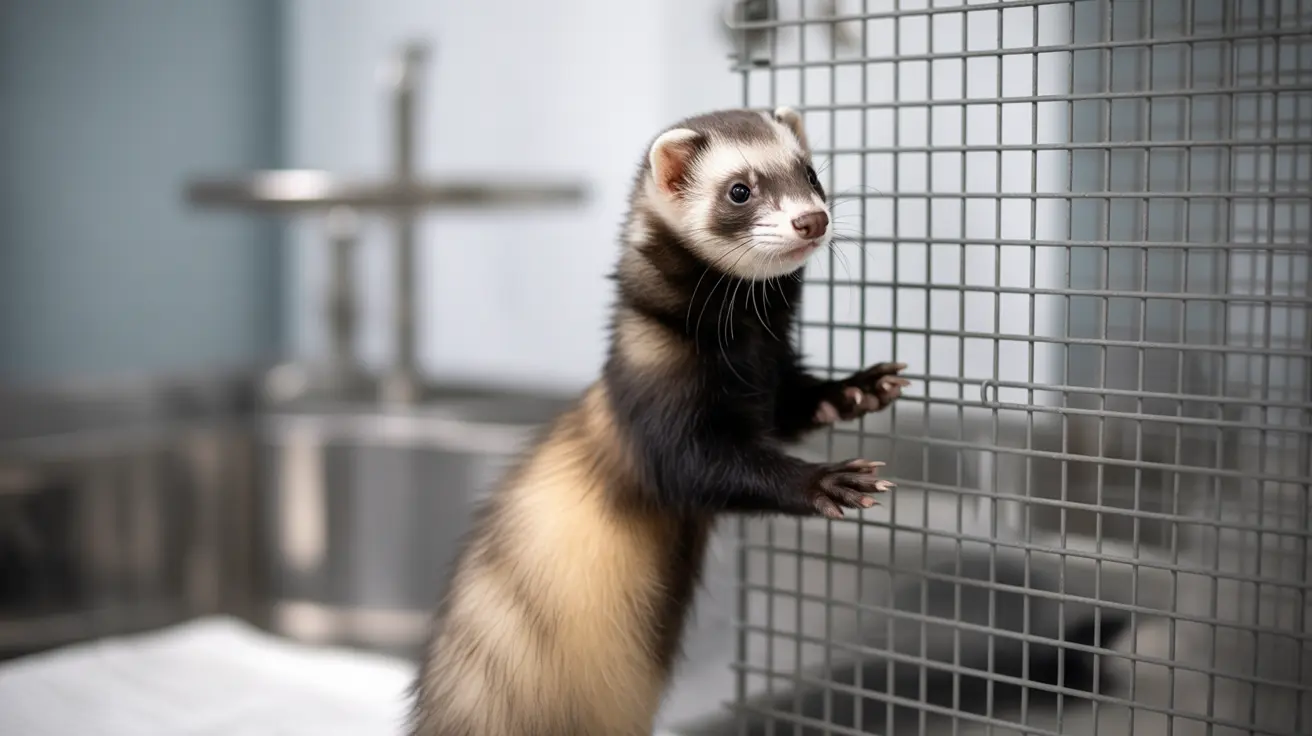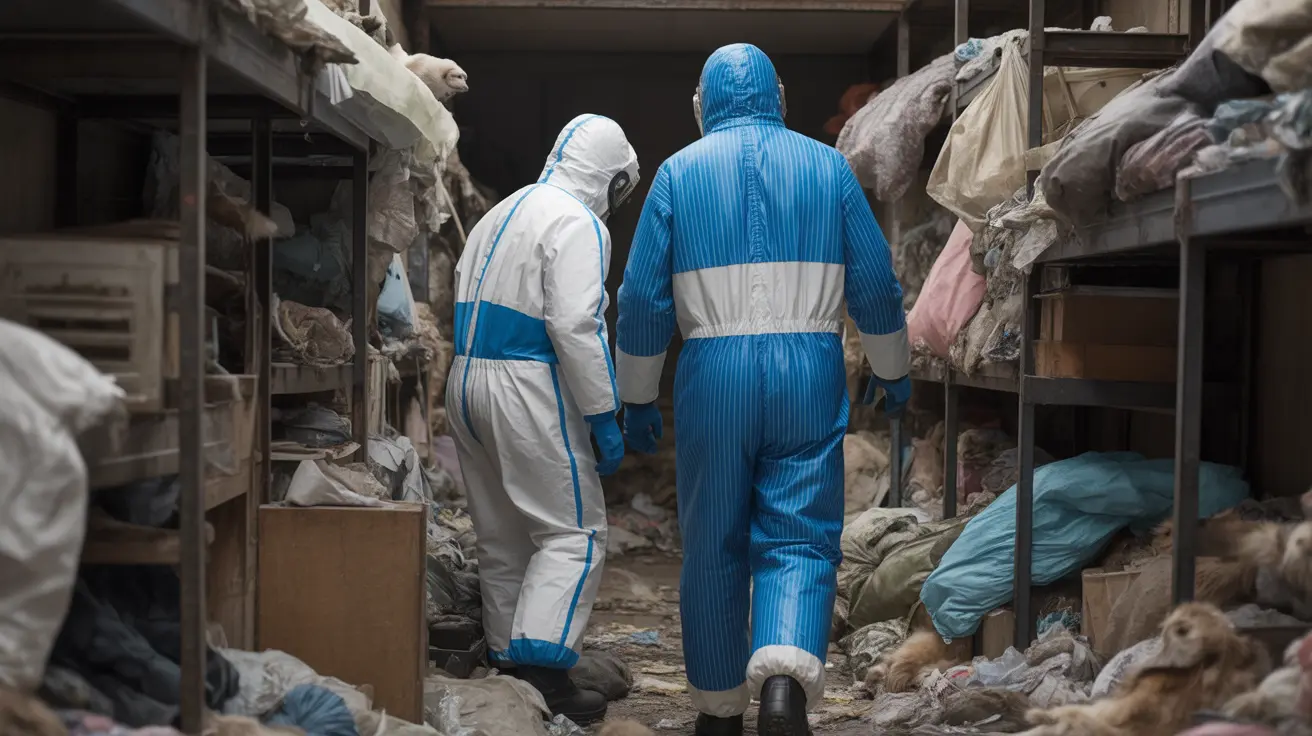A significant animal hoarding situation has been uncovered in New York, where authorities discovered 206 animals living in concerning conditions alongside a 95-year-old resident. The case highlights the complex intersection of animal welfare, elder safety, and the serious nature of hoarding behaviors involving multiple species.
The diverse collection of animals included common household pets like cats and dogs, alongside exotic species such as hedgehogs, chinchillas, and flying squirrels. Parrots, roosters, guinea pigs, and voles were also among the many creatures found at the residence, representing one of the most varied animal hoarding cases recently documented in the area.
Animal Welfare and Living Conditions
The discovery emphasizes critical concerns about proper animal care and living conditions. When multiple species are housed together in unsuitable environments, each with distinct dietary, space, and environmental needs, the risk of neglect and health issues increases substantially.
Species-Specific Care Requirements
- Exotic pets like hedgehogs and chinchillas need specific temperature controls
- Birds require appropriate perching and flight space
- Small mammals need secure, clean housing
- Domestic pets require regular veterinary care and socialization
Public Health Risks and Safety Concerns
The accumulation of numerous animals in a residential setting presents significant public health challenges. Proper sanitation becomes increasingly difficult with large numbers of animals, potentially leading to:
Environmental Concerns
- Air quality issues
- Waste management problems
- Potential disease transmission between species
- Structure degradation
Elder Safety and Mental Health Considerations
This case particularly highlights the connection between elder care and animal hoarding. When elderly individuals become involved in hoarding situations, it often indicates a need for comprehensive intervention that addresses both human and animal welfare needs.
Psychological Support
The situation requires a delicate balance between:
- Addressing immediate animal welfare concerns
- Supporting the elderly resident's well-being
- Understanding underlying psychological factors
Animal Rescue Procedures
Professional animal welfare organizations typically follow structured protocols when handling large-scale rescues involving multiple species. These procedures ensure both animal and human safety while working toward positive outcomes for all involved.
Frequently Asked Questions
What is animal hoarding, and how is it defined?
Animal hoarding is the act of accumulating more animals than can be properly cared for, leading to neglect and unsafe living conditions. It's characterized by an inability to provide minimal standards of nutrition, sanitation, and veterinary care.
How common is animal hoarding, especially in cases involving multiple species?
Animal hoarding is a significant issue, with hundreds of cases reported annually in the U.S. Many cases involve multiple species, including both common pets and exotic animals.
How can animal hoarding cases be reported and intervened upon effectively?
Cases can be reported to local animal control or humane societies. Effective intervention typically involves collaboration between animal welfare organizations, law enforcement, and mental health professionals.
This case serves as a reminder of the importance of early intervention in potential hoarding situations. Community awareness and proper reporting channels are crucial for preventing similar cases from escalating to this scale. While the immediate focus remains on ensuring proper care for the rescued animals, the broader conversation about preventing animal hoarding and supporting at-risk individuals continues to be vital for both human and animal welfare.






